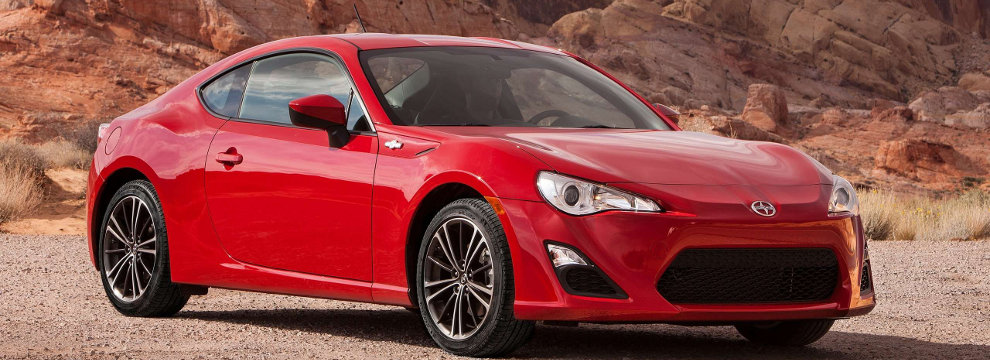
Brake Disc Inspection, Removal and Installation
Below are some simple instructions on how to inspect, remove and install brake discs. Remember: these are general instructions. Consult a repair manual written specifically for your car, truck, van or SUV for the exact procedure.
Warning: Brake dust created by normal brake operation is harmful to your health. Never use compressed air to remove brake dust. Do not inhale any of it. Wear an approved air-filter mask when working on brakes. Use only brake system cleaner to clean brake parts. Never use petroleum-based solvents.
Loosen the lug nuts on the wheels you want to work on. Raise your vehicle and securely support it on jack stands. Remove a wheel. Install the lug nuts so they hold the disc in place against the hub flange. If the lug nuts don't contact the disc after you have screwed them in all the way, install washers under them. Release the parking brake if you are checking a rear disc.
Remove the caliper as described in your manual. It is not necessary to remove the brake hose. Remove the caliper bolts, then suspend the caliper with a piece of wire so it is out of the way. If you are working on front brakes, remove the bracket-to-steering mounting bolts and the mounting bracket.
Visually inspect the brake disc surface for scoring and other damage. Shallow grooves and scratches are normal and usually do not affect brake usage. But deep scoring means you must remove the disc and have it refinished at a machine shop. Make sure you check both sides of the disc. If you have pulsating upon braking, suspect runout (see below).
To check a disc for runout, place a dial indicator about one-half inch from the outer edge of the disc. Set the indicator to zero and spin the disc. The reading should not exceed your manual's specifications. If it does, have it professionally refinished. Note: consider having the disc refinished regardless of the reading. This will give the disc an absolutely flat surface, which will eliminate brake pulsations or other potential brake problems. If you decide against having the disc refinished, remove the glaze from it by applying emery cloth or sandpaper with a swirling motion.
Note: It is critical the disc is not machined below the minimum thickness, which is stamped onto the disc. Check the thickness with a micrometer.
To remove the disc, remove the lug nuts and/or the retaining screws holding the disc onto the hub. If you cannot remove the disc, thread two bolts into the two holes provided. Alternate between the bolts, turning them a couple of turns until the disc comes off.
To install the new disc, place it over the threaded studs. Install the disc-retaining screws and tighten securely.











